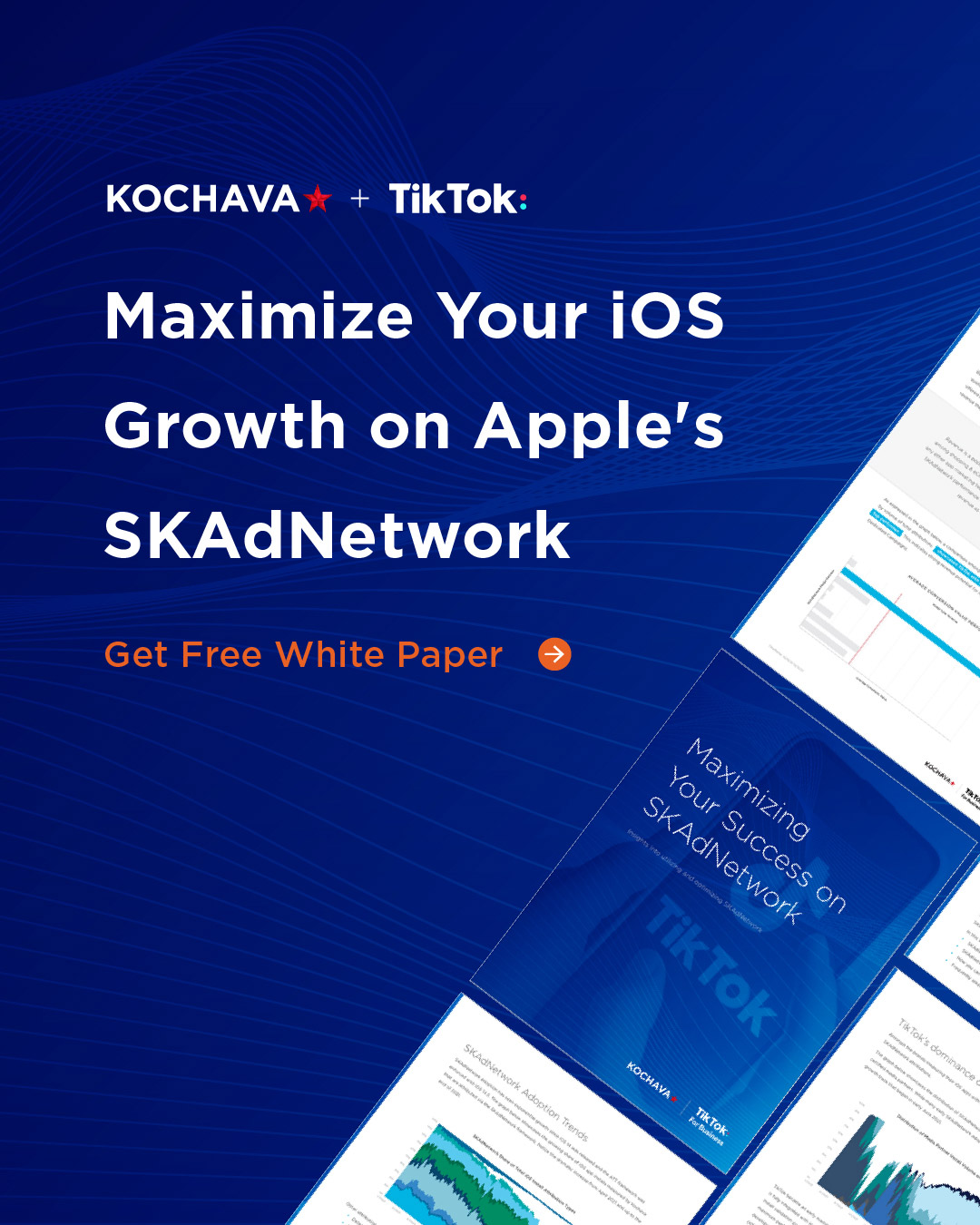Arduino is the worldÍs leading open-source hardware and software ecosystem. The Company offers a range of software tools, hardware platforms and documentation enabling almost anybody to be creative with technology.
Arduino is a popular tool for IoT product development as well as one of the most successful tools for STEM/STEAM education. Hundreds of thousands of designers, engineers, students, developers and makers around the world are using Arduino to innovate in music, games, toys, smart homes, farming, autonomous vehicles, and more.
Originally started as a research project by Massimo Banzi, David Cuartielles, Tom Igoe, Gianluca Martino, and David Mellis at the Interaction Design Institute of Ivrea in the early 2000s, it builds upon the Processing project, a language for learning how to code within the context of the visual arts developed by Casey Reas and Ben Fry as well as a thesis project by Hernando Barragan about the Wiring board.
The first Arduino board was introduced in 2005 to help design students „ who had no previous experience in electronics or microcontroller programming „ to create working prototypes connecting the physical world to the digital world. Since then it has become the most popular electronics prototyping tool used by engineers and even large corporations.
Arduino is the first widespread Open Source Hardware project and was set up to build a community that could help spread the use of the tool and benefit from contributions from hundreds of people who helped debug the code, write examples, create tutorials, supports other users on the forums and build thousands of groups around the globe. We are eternally grateful for being supported by such an amazing community.
Since the Arduino projectÍs foundation, many new development boards and software libraries have been introduced, expanding the range of possibilities available to the community. Today, more than a decade later, Arduino continues to provide open source hardware and software to bring new ideas to life.
- Company Name:Arduino
(View Trends)
-
Headquarters: (View Map)New York, NY, United States
-
Electrical/Electronic Manufacturing
-
50 - 200 employees
- 7864 Global Rank
- 8634 United States
- 8.85 M Estimated Visits
-
Search61.00%
-
Direct35.15%
-
Social1.89%
-
Referrals1.59%
-
Mail0.33%
-
Display0.04%
-
15.28%
-
6.45%
-
4.82%
-
3.46%
-
3.31%

- United States 16.8%
- India 9.2%
- China 5.5%
- France 4.6%
- Germany 4.5%
- Beverages
- Coffee and Tea
- 10 SDKs

- App Url: https://itunes.apple.com/app/arduino-1/id1089537034
- App Support: http://tatco.cc
- Genre: Productivity
- Bundle ID: com.arduino.ethernetkit
- App Size: 34.2 M
- Version: 4.2.1
- Release Date: March 28th, 2016
- Update Date: April 18th, 2020
Description:
Features:
- Best in class Arduino Ethernet controller.
- Read & write digital pins.
- Read & write PWM pins.
- Control SERVO motors.
- Read analog pins.
- LCD: you can send any data from Arduino to your mobile app.
- Terminal: you can send any data from mobile app to your Arduino.
- Assign action sheet: to do action with the recieved data
like turnning flash ON or send notification or trigger output switch.
- Super easy user interface.
- Remember last status of the pins.
- Change the mode of the pin (Output, PWM, SERVO or Input).
- Automatic connect to Arduino.
- Ability to rename the label of each pin.
Applications:
- Smart Home.
- Automation.
- Hoppy projects.
- Schools & university projects.
- Remote control.
- Robots control.
Requirements:
- Ethernet sheild or module
- Arduino Uno, Leonardo or Mega
Check this youtube to see in real world:
- https://youtu.be/DvK_81cOq0Q










-
Native0.00%
-
Standard100.00%




They are headquartered at New York, NY, United States, and have advertising & marketing contacts listed on Kochava. Arduino works with Advertising technology companies such as DoubleClick.Net, AppNexus, Resonate Insights, BlueKai, Atlas, Dstillery, DemDex, Turn, Chango, Facebook Custom Audiences, Mellow Ads, Google Adsense Asynchronous, Google Adsense, EasyHits4U, Supplyframe, Google Remarketing.





